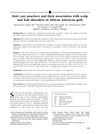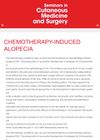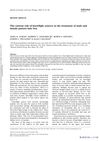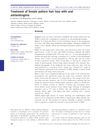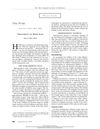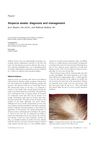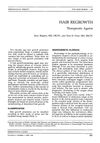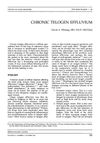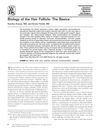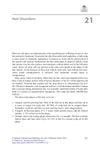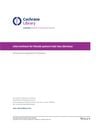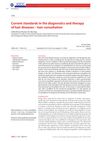Hair Loss in Women
January 2012
in “
Postgraduate obstetrics & gynecology
”
androgenetic alopecia minoxidil finasteride telogen effluvium alopecia areata traction alopecia tinea capitis trichotillomania corticosteroids anagen effluvium hair growth cycle pull test scarring alopecia nonscarring alopecia antifungal treatment behavioral therapy Rogaine Propecia hair loss hair thinning hair regrowth
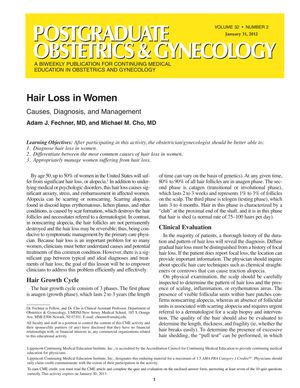
TLDR Up to half of women by age 50 experience significant hair loss, with various types and treatments available.
The 2012 document highlights that up to 50% of women in the United States by age 50 experience significant hair loss, distinguishing between scarring and nonscarring alopecia. It outlines the hair growth cycle, the clinical evaluation process including the "pull test," and notes that androgenetic alopecia (AGA) is the most common form, treatable with FDA-approved minoxidil and off-label finasteride. Other forms of hair loss such as telogen effluvium, alopecia areata (AA), traction alopecia, tinea capitis, and trichotillomania are also discussed, each with its characteristics and treatment options. AA, with a 2% prevalence, may spontaneously resolve in 50% of cases but has a high recurrence rate, and treatments like corticosteroids and minoxidil do not alter the disease course. Traction alopecia can lead to permanent loss if scarring occurs, while tinea capitis requires antifungal treatment. Trichotillomania is managed with behavioral therapy and medications, and anagen effluvium typically sees hair regrowth post-treatment. The document underscores the role of obstetricians/gynecologists in hair loss management or referral to specialists.
